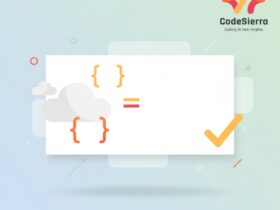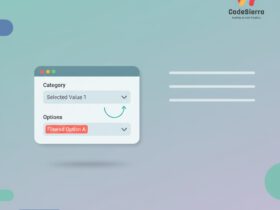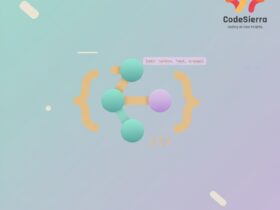Overview
Salesforce Flows are powerful automation tools. Two common flow types are Screen Flows and Autolaunched Flows. Understanding their differences helps you design effective automation: one is for interactive, user-driven processes; the other runs in the background without user interaction.
When to use each
Screen Flow: Use when you need user input or a guided UI—things like multi-step forms, data collection, or guided record updates inside Lightning Experience or Salesforce Mobile App. Autolaunched Flow: Use for background automation such as process calculations, record updates, integrations, or flows invoked by other processes (Process Builder, Apex, REST API, record-triggered flows, or schedule).
Key differences
1. User interaction
Screen Flow: Designed for direct interaction. It contains Screen elements that collect input and present information to users.
Autolaunched Flow: Cannot include screen elements. It runs without any UI and is suitable for automated background tasks.
2. How they are started
Screen Flow: Typically launched from buttons, Quick Actions, Lightning pages, or via utility bar and Experience Cloud pages. Also embeddable in Lightning App Builder.
Autolaunched Flow: Started automatically (record-triggered, schedule-triggered) or invoked by other flows, Apex (Flow.Interview API), Process Builder, or REST API.
3. Execution context and running user
Screen Flow: Executes in the context of the running user (the logged-in user interacting with the flow). Permissions and sharing follow that user.
Autolaunched Flow: Execution context varies—record-triggered autolaunched flows can run in system context or user context depending on configuration (e.g., “Run As” or “System Context Without Sharing” for invocable flows). Be careful about CRUD/FLS enforcement and permission requirements.
4. Interaction with UI and navigation
Screen Flow: Provides navigation (Next, Previous), validation messages, conditional visibility on screen components, and can present dynamic choices.
Autolaunched Flow: No navigation or screens—use decisions, assignments, loops, and actions to process logic. For user notifications, use email alerts, Chatter posts, or Platform Events.
5. Debugging & testing
Screen Flow: Testable in Flow Builder using Debug with input variables and in the UI. Debugging shows screen behavior and user-facing errors.
Autolaunched Flow: Debug in Flow Builder and monitor in Flow Interviews & Setup. Consider adding fault paths and robust error handling since there is no user to correct input.
6. Use cases
Screen Flow examples:
- Guided account creation with multiple steps and validation
- Custom approval interfaces or data-entry wizards
- Survey-style data collection inside Experience Cloud
Autolaunched Flow examples:
- Automatically update related records when an Opportunity is closed
- Scheduled data cleanup or aggregation
- Invocable flows called from Apex or REST for integrations
7. Invoking Autolaunched Flows from Apex (example)
Use Apex to start an autolaunched flow programmatically. Example using the Flow.Interview API:
Map
Flow.Interview.My_Autolaunched_Flow flow = new Flow.Interview.My_Autolaunched_Flow(inputs);
flow.start();
Best practices
- Prefer Screen Flows for guided user tasks and autolaunched flows for background automation.
- Keep logic reusable: move shared logic into autolaunched flows and call them from Screen Flows when needed.
- Always handle exceptions and add fault paths for data operations.
- Be mindful of governor limits—use collections and bulk-safe patterns in autolaunched flows triggered by records.
- Document who the flow runs as (user vs system) and test with appropriate profiles.
Summary
Screen Flow = user-facing, interactive, UI-driven. Autolaunched Flow = headless, background, and invocable. Choose based on whether you need user interaction, how the flow is triggered, and execution context.










Leave a Reply